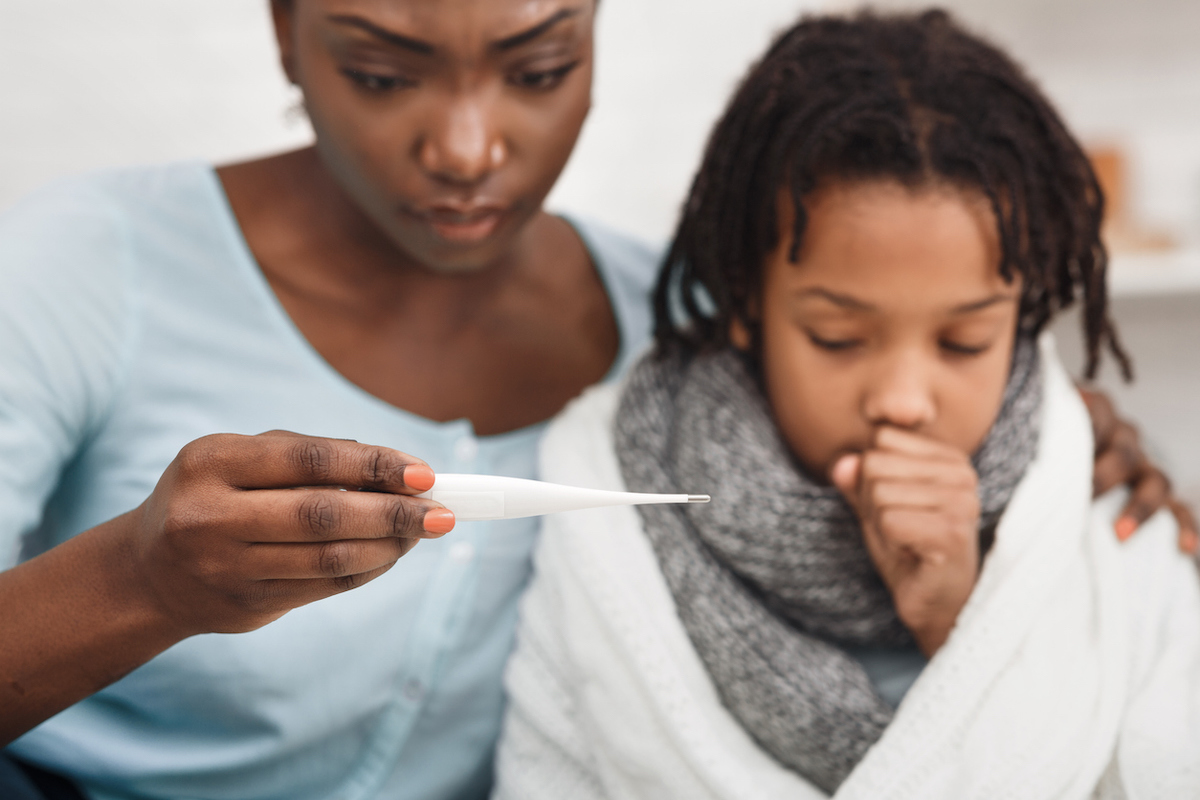The new study, published in JAMA Pediatrics, looked at 145 COVID-19 patients with mild to moderate illness within one week of when their symptoms began. The researchers compared three age groups: young children under 5, children between 5 and 17 years old, and adults 18 to 65 years old. While they found similar amounts of coronavirus present in older children and adults, in children under 5, they found 10 to 100 times more particles in the respiratory tract. The research was led by Taylor Heald-Sargent, MD, a pediatric infectious diseases expert at the Ann and Robert H. Lurie Children’s Hospital of Chicago. In the report, Heald-Sargent and her team note that children often drive the spread of respiratory and gastrointestinal illnesses—and COVID-19 may be no different. “It definitely shows that kids do have levels of virus similar to and maybe even higher than adults,” Heald-Sargent told The New York Times. “It wouldn’t be surprising if they were able to shed [the virus]” and spread it to others. (Viral shedding indicates how long someone is releasing contaminated particles. “Evidence suggests that the novel coronavirus is most contagious when symptoms are worse and viral shedding is high,” WebMD notes.) The research notes that school closures early in the pandemic likely “thwarted larger-scale investigations of schools as a source of community transmission.” In other words, we do not yet know if schools are COVID-19 superspreaders because we shut them down in the first few weeks of the outbreak.ae0fcc31ae342fd3a1346ebb1f342fcb “The school situation is so complicated—there are many nuances beyond just the scientific one,” Heald-Sargent told The Times. RELATED: For more up-to-date information, sign up for our daily newsletter. A recent study out of South Korea—published in the CDC’s journal Emerging Infectious Diseases—looked at whether or not children spread COVID-19. Researchers looked at 5,700 people who reported coronavirus symptoms between January 20 to March 27, which is when South Korea closed schools. The findings indicate that those between the ages of 10 and 19 are the most likely to spread the coronavirus in their households. “We detected COVID-19 in 11.8 percent of household contacts; rates were higher for contacts of children than adults,” the researchers said. About 19 percent of those who shared a home with sick patients in that 10-19 age group also contracted COVID-19. Children younger than 10 years old were the least likely to spread the disease (about 5 percent of their contacts got sick). So, there is evidence that children of a certain age are more infectious. As for the new study, Heald-Sargent told The Times, “one takeaway from this is that we can’t assume that just because kids aren’t getting sick, or very sick, that they don’t have the virus.” And for more on kids and COVID, check out The 8 Most Likely Ways Kids Can Spread COVID at School, Experts Say.
